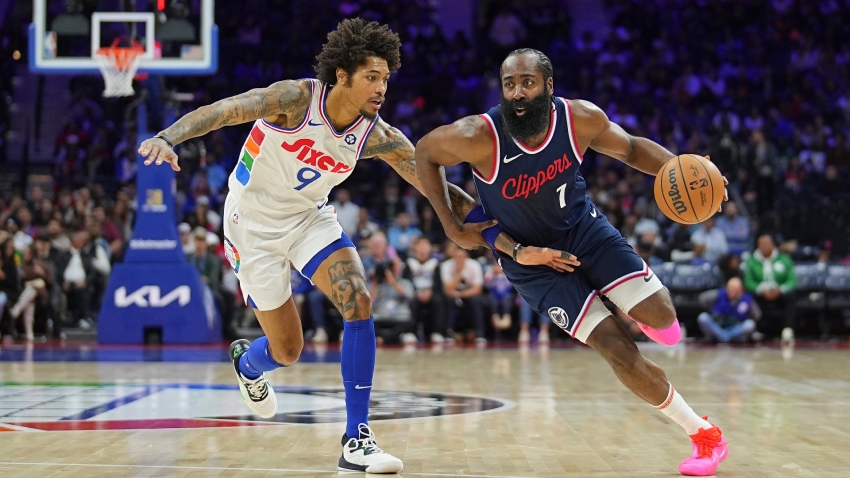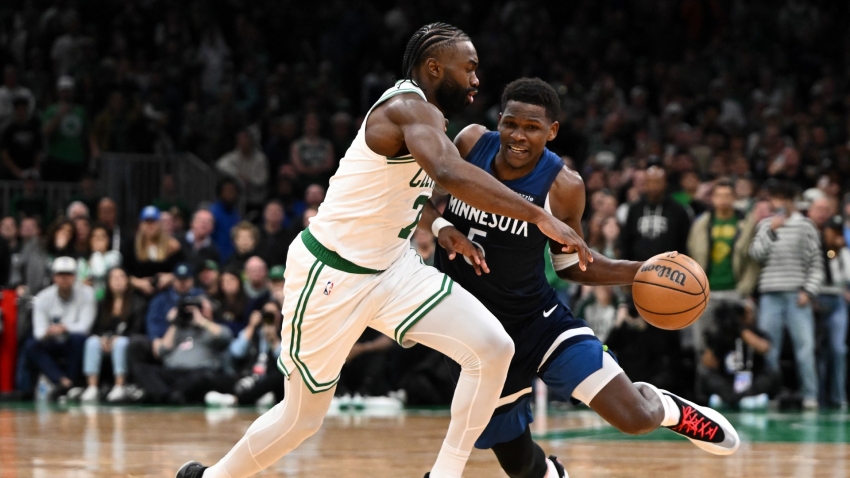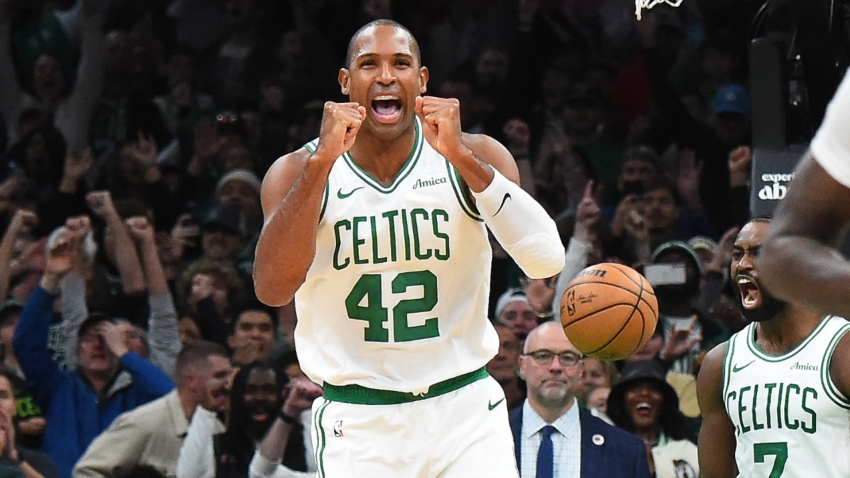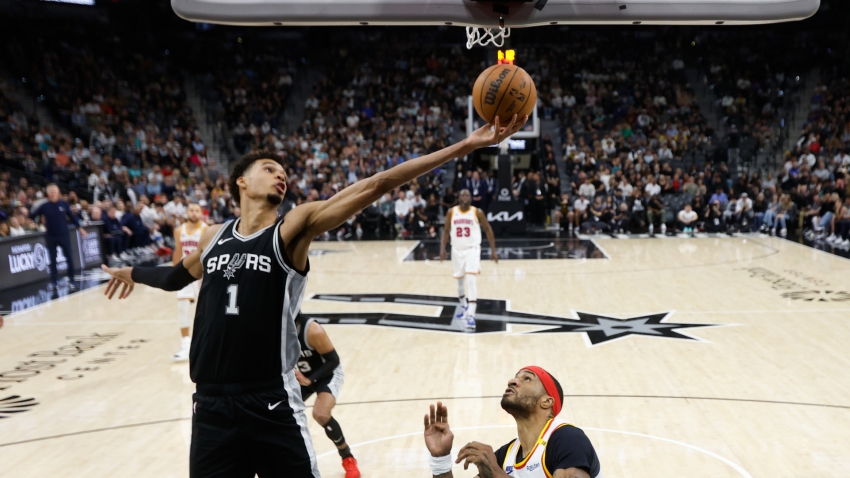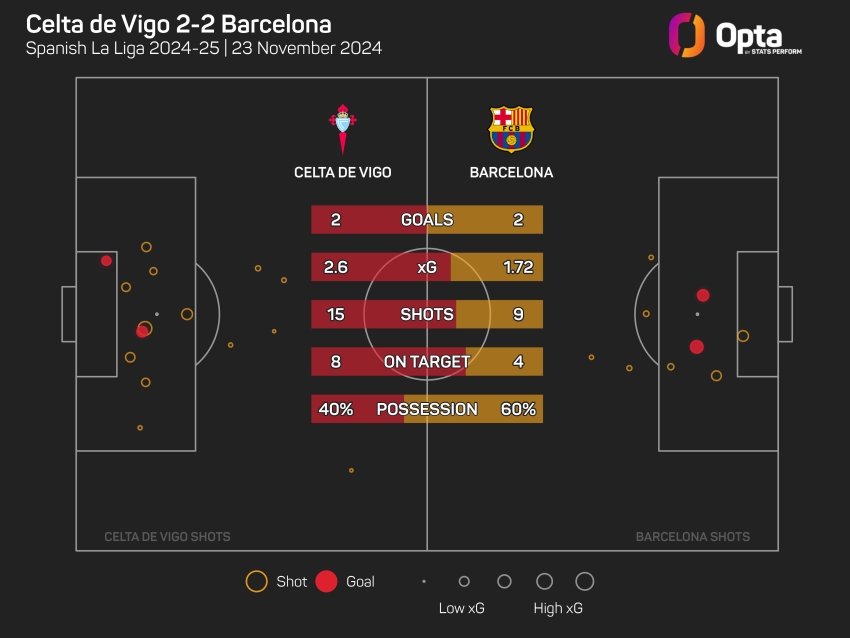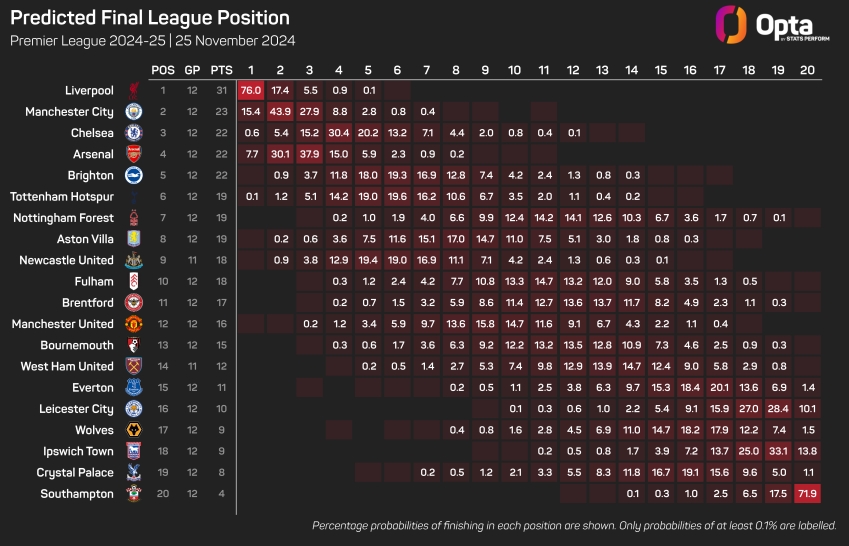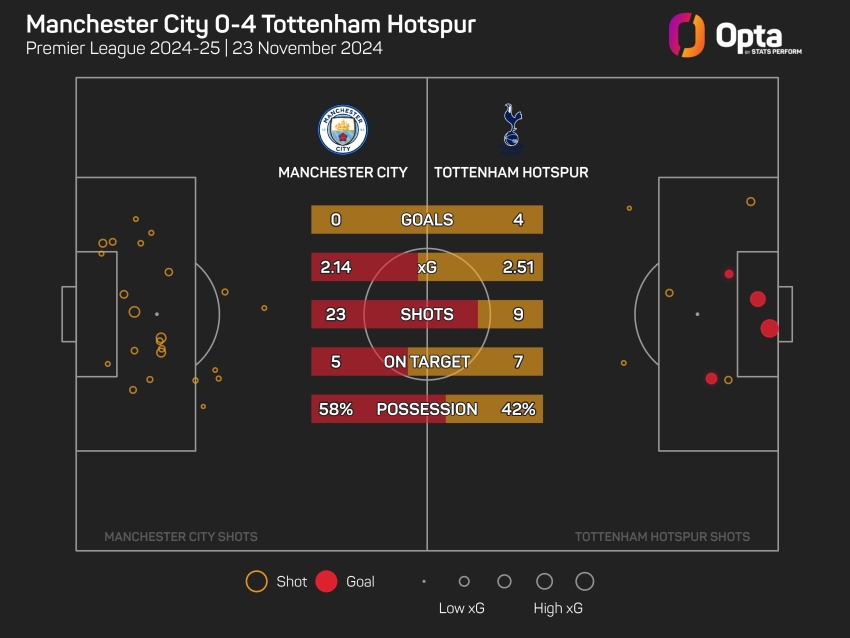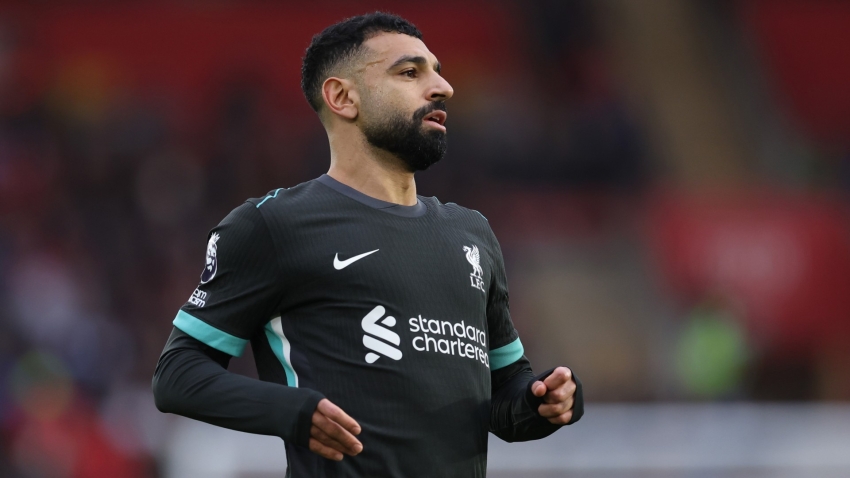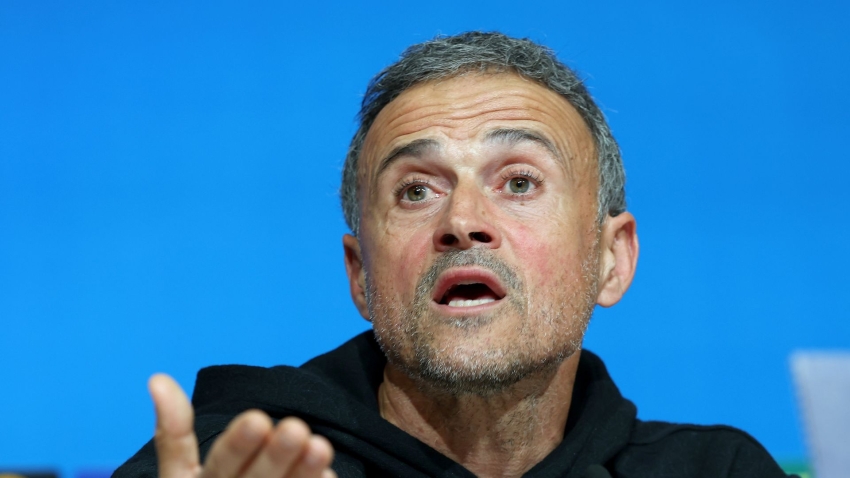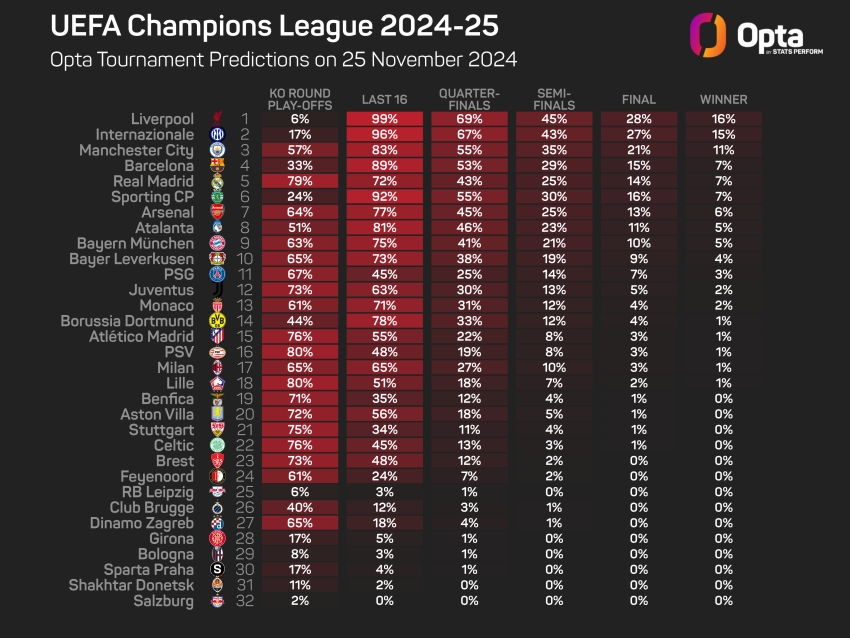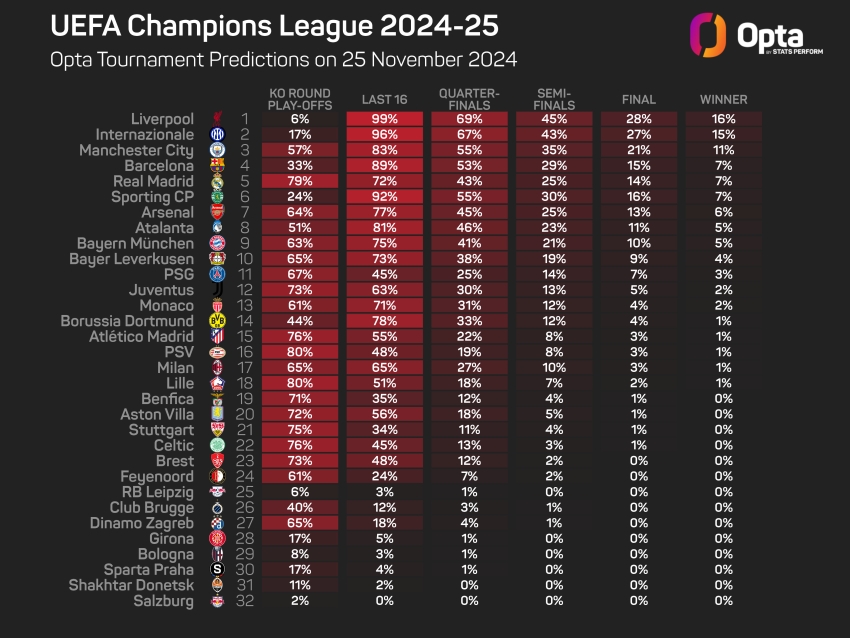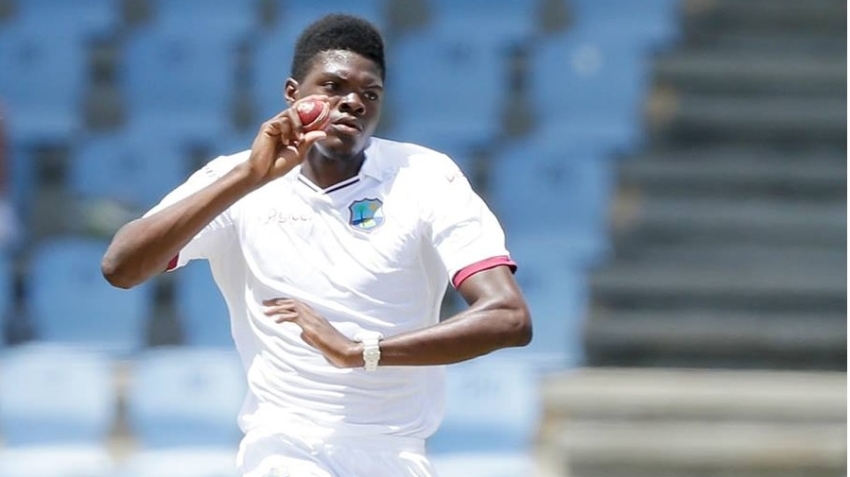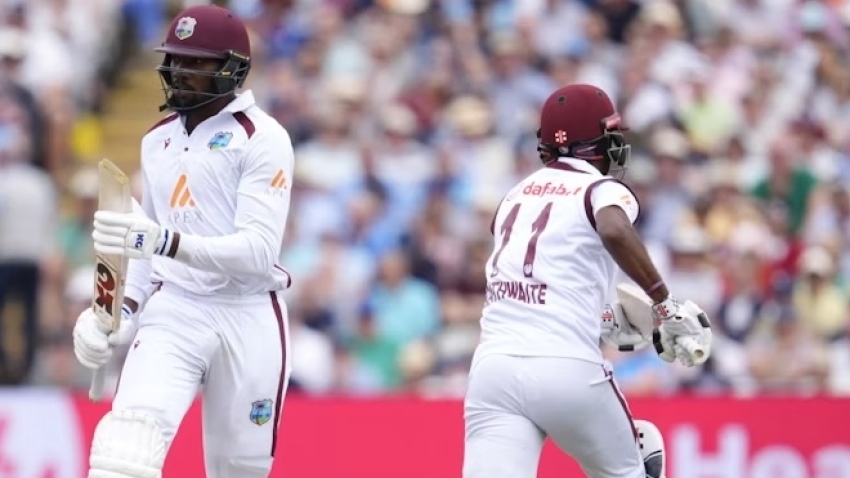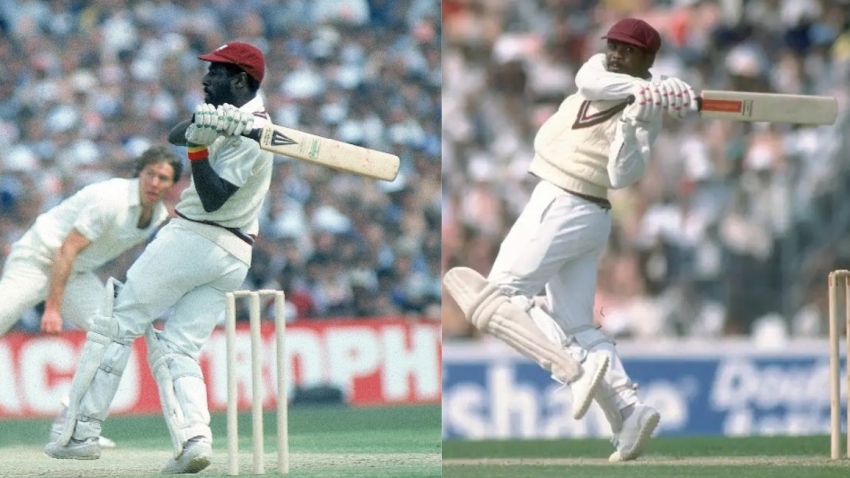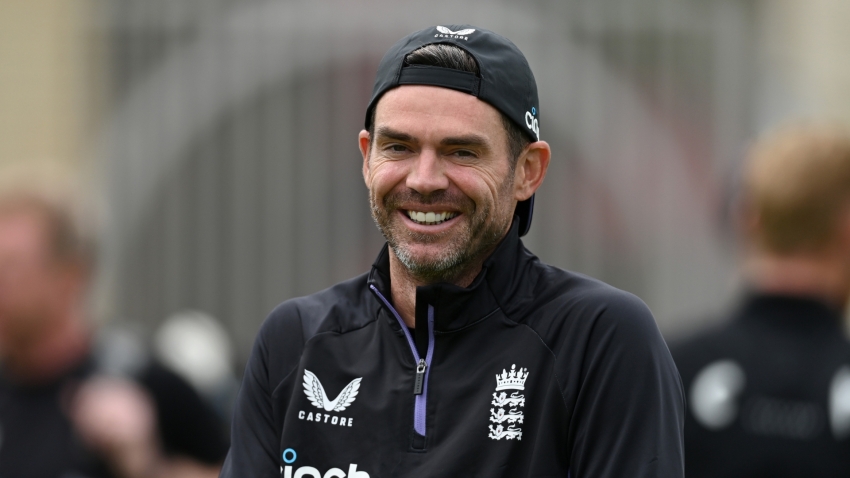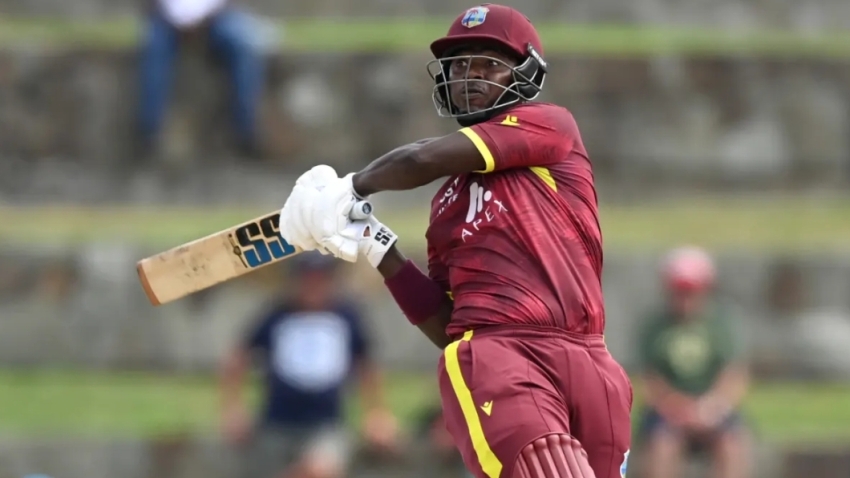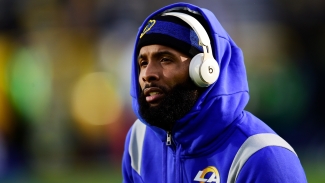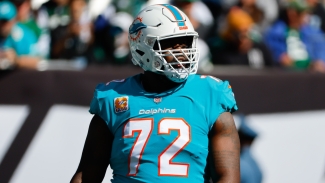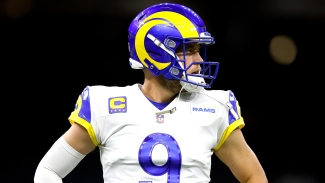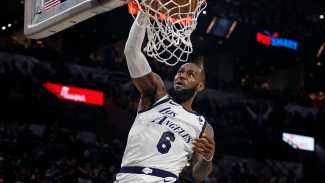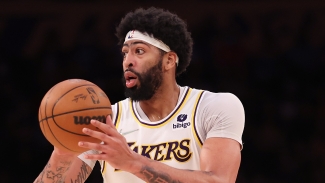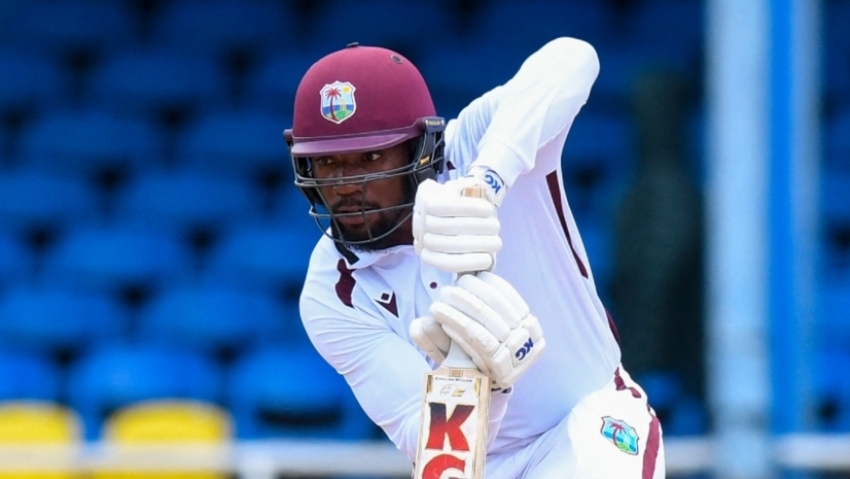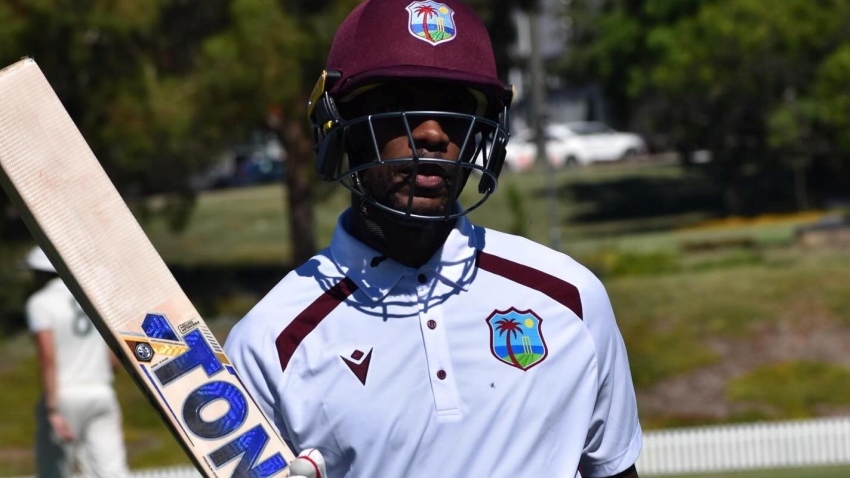For all the scrutiny on Tom Brady in what could be his final season in the NFL, the championship hopes of the Tampa Bay Buccaneers may hinge heavily on a running back playing in his first.
Brady and the Buccaneers looked to finally be finding their groove on offense prior to their Week 11 bye, finishing with 419 net yards of offense as they knocked off the Seattle Seahawks in Munich in Week 10 to improve to 5-5.
Though Brady delivered arguably his best performance of the season throwing the ball, a critical development for the Bucs at Allianz Arena was the emergence of rookie running back Rachaad White, who thrived as the lead runner for Tampa Bay after Leonard Fournette suffered a hip injury.
White had 22 carries for 105 yards against Seattle having previously not topped eight carries or 27 yards in any of his first nine games. He became the first rookie running back to rush for 100 yards for Tampa Bay since Mike James in Week 9, 2013.
With Fournette doubtful to face the Cleveland Browns in Week 12, White will likely get the lion's share of the work in the Tampa Bay backfield again. After a breakout performance in Germany, can he blossom into an offensive weapon who can help propel the Bucs to a deep playoff run?
His season-long average of 3.7 yards per carry is not a point in his favour, however, White has demonstrated an encouraging ability to create yardage for himself.
Indeed, White is averaging 2.17 yards after contact per attempt in his first season after being selected in the third round out of Arizona State, that tally above the league-wide average of 2.07 for backs with at least 50 carries this season.
He bounced off defenders consistently in the defeat of Seattle, in which he racked up 2.71 yards after contact per attempt in a performance that was punctuated by his brutal stiff arm on Seahawks safety Quandre Diggs.
Among backs who had at least 10 carries in Week 10, only five backs averaged more yards after contact.
White's value is not just limited to his efforts on the ground, however. He offers significant upside as a receiving threat out of the backfield, as his burn rate, which measures how often a receiver wins his matchup on a play where he is targeted, illustrates.
For running backs with at least 25 targets in the passing game this season, White's burn rate of 64 per cent is the third best in the NFL. Though his tally of 135 receiving yards may not be overly impressive, his success in creating separation when he is utilised as a pass-catcher suggests that number would inflate considerably with more playing time.
White has the skill set to be a dynamic runner for the Buccaneers and serve as an outlet for Brady in the passing game, giving the 45-year-old an easy button when his connection with the likes of Mike Evans and Chris Godwin sputters as it has often done in 2022.
Against the Browns, however, it is the former capacity where White will look to enjoy the most significant influence.
The Browns have allowed a run success rate of 42.6 per cent this season, the fourth-worst in the NFL behind the Kansas City Chiefs (42.9%), Los Angeles Chargers (42.7%) and Detroit Lions (42.7%).
In addition, Cleveland's run defense has given up six rushing touchdowns of at least 10 yards, tied with the lowly Houston Texans for the most in the league.
While Fournette was injured against the Seahawks, White appeared to offer the Tampa Bay running game much more explosiveness when he took the mantle as the Buccaneers' primary tailback, suggesting he could be a better safety net who can alleviate some of the pressure on the arm of Brady by producing as a runner and a receiver in critical moments down the stretch and in the postseason.
That hypothesis will be tested in what should be an extremely favourable matchup for White and the Bucs' ground attack. If White takes advantage of this latest opportunity, Fournette may find himself operating in a supplementary role when he returns from injury.


